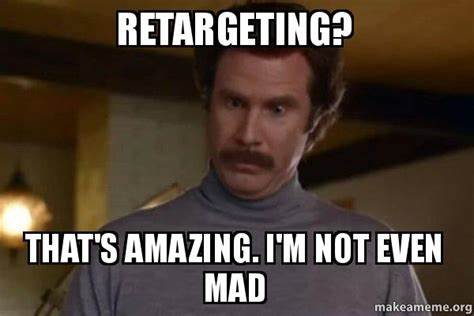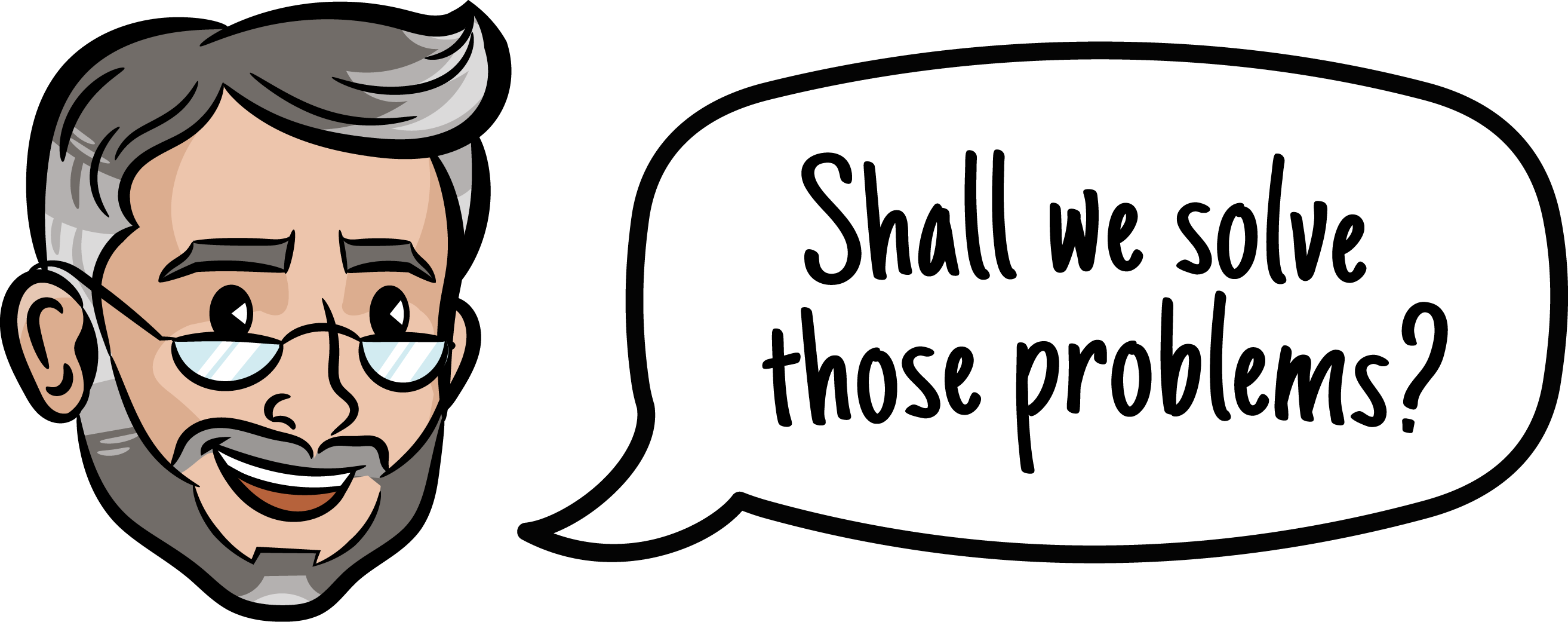Sales funnels are essential in today’s business world. They guide potential customers from awareness to conversion, driving growth and profitability. Despite its importance, many businesses fail to fully understand or implement this vital strategy. In this article, we’ll break down what a sales funnel is and why it’s crucial for any business to use.
The Sales Funnel Professor Tackles This Misunderstood Term
The Sales Funnel Professor frequently encounters businesses that struggle to grasp the concept of sales funnels. Many companies approach sales as a one-time event, not a process that builds gradually. This lack of understanding can result in missed opportunities, wasted marketing efforts, and poor conversion rates, (remember it is important to understand what’s unique about B2B Conversion Rate Optimization).
In reality, a sales funnel is not just about generating leads; it’s about guiding prospects through a journey that builds trust, addresses pain points, and ultimately turns them into paying customers. Creating a B2B sales funnel starts with identifying your target audience and outlining the buyer’s journey. The Sales Funnel Professor emphasizes that mastering this journey is the key to maximizing sales.
So, what exactly is a sales funnel, and how does it work? Let’s break it down.
Definition and Explanation of Sales Funnels
A sales funnel is a marketing concept that illustrates the journey a prospect goes through before becoming a customer. Picture a funnel: wide at the top and narrow at the bottom.
At the top, you have a large pool of potential leads who might be interested in your product or service. As you move down the funnel, these leads are filtered out as they progress through the various stages, with only the most qualified leads reaching the bottom and converting into customers. To gain deeper insights into user behavior at each stage of your sales funnel, consider using tools like Hotjar, which can help identify where prospects might be dropping off and provide data to refine the funnel for better conversion rates.
Here’s how a typical sales funnel looks:
- Awareness: This is the first stage, where potential customers learn about your brand or product.
- Interest: Prospects begin showing interest and engaging with your content, signing up for newsletters, or following your social media.
- Consideration: Leads evaluate whether your product or service fits their needs. This is often where they compare your offering to competitors.
- Decision: At this stage, leads make their final decision to purchase.
Understanding these stages allows businesses to guide potential customers at each step with tailored content, promotions, or engagement strategies. The Sales Funnel Professor always stresses that sales funnels aren’t linear. Today’s buyers may move back and forth between stages, requiring a flexible, multi-touchpoint approach. It’s important that you don’t try to boil the ocean and instead focus on understanding your ICP meaning when you’re getting started, as it helps you identify and target the right customers effectively.
Core Components of a Sales Funnel
To better understand how a funnel works, let’s look at the core components that make up an effective funnel. Each stage of the funnel needs specific tools and strategies to move prospects along the path to conversion. Here are the key components:
Lead Generation
At the top of the funnel, it’s all about attracting attention. This is where businesses capture leads through various methods like content marketing, paid ads, social media, or organic search.
Lead Nurturing
Once leads enter the funnel, they need to be nurtured. This involves email campaigns, personalized messaging, and offering value through free resources like eBooks or webinars. Lead nurturing helps build trust and keeps your brand top of mind.
Sales Offer
As leads move down the funnel, they enter the consideration and decision stages. Here, your sales offer—whether it’s a demo, a free trial, or a consultation—becomes essential. It’s your chance to show why your solution is the best.

Follow-up and Retention
The funnel doesn’t end at the sale. A well-crafted follow-up strategy, including thank-you emails, loyalty programs, and after-sales support, ensures that customers stay engaged and return for repeat business.
The Sales Funnel Professor recommends automating many of these processes to ensure a smooth, efficient experience for both businesses and prospects.
Sales Funnel Professor: How Sales Funnels Drive Business Growth
Sales funnels do more than just move leads toward a sale; they are critical to driving long-term business growth. Here’s how:
Streamlined Sales Process
By implementing a sales funnel, businesses can streamline their marketing and sales efforts. Rather than chasing random leads, you can focus on those who have already expressed interest. This reduces wasted resources and improves the efficiency of your sales team.
Higher Conversion Rates
A properly designed B2B sales funnel addresses the specific needs and pain points of your target audience at every stage. By providing relevant information and offers at each stage, you increase the chances of converting prospects into paying customers.
Customer Retention
A strong funnel doesn’t end with the sale. The Sales Funnel Professor highlights the importance of follow-up strategies that keep customers engaged and loyal to your brand. This can lead to repeat business, upsells, and referrals, all of which drive growth.
Data-Driven Decisions
Sales funnels give businesses access to valuable data about their customers’ behaviors, preferences, and decision-making processes. By analyzing this data, companies can tweak their strategies to better target and convert leads.
In essence, a sales funnel not only helps attract leads but also turns them into long-term customers, creating sustainable growth. Learn how the Sales Funnel Professor can help you with your ABM funnel.
Sales Funnel Professor: Real-Life Examples of Effective Sales Funnels
To fully grasp the power of a sales funnel, it helps to look at real-life examples. The Sales Funnel Professor has worked with various businesses, helping them design and optimize their funnels to achieve outstanding results. Here are a few examples:
SaaS Company
A SaaS business used a content-driven funnel, offering free trials and webinars at the top of the funnel to capture leads. They nurtured these leads with email campaigns and demo invitations. The bottom of their funnel focused on offering limited-time discounts and premium onboarding packages. Because the company used a PLG approach (PLG Meaning), the product itself played a central role in converting users. Trial users could explore key features before speaking to sales, reducing friction and increasing trust. The result? A 30% increase in paid subscriptions within six months.

E-Commerce Store
An e-commerce business implemented a funnel that started with social media ads targeting their ideal customers. Visitors were led to landing pages offering a 10% discount in exchange for signing up for their newsletter. The company then used email campaigns to drive traffic back to the website, increasing sales by 20%.
B2B Consulting Firm
A B2B consulting firm crafted a funnel that began with LinkedIn content and case studies to attract potential clients. By offering a free initial consultation, they moved leads to the middle of the funnel. Their follow-up strategy, which included personalized emails and detailed proposals, resulted in a 25% increase in new clients.
Each of these examples demonstrates how a carefully constructed funnel can dramatically improve conversion rates and overall sales performance. The Sales Funnel Professor often stresses that no funnel is one-size-fits-all; success comes from adapting your funnel to fit the unique needs of your business and audience. If you’re looking for direct guidance, our CMO service might be the solution for you. Our fractional CMOs specialize in fixing major sales funnels and training your team along the way. Having trouble with your sales funnel? why not make use of sales funnel expert to fix your funnel.
Conclusion
A clear understanding of what a sales funnel is and how it functions is critical to improving sales strategies and outcomes. Businesses that fail to implement a structured funnel risk losing leads, wasting resources, and missing out on potential revenue. By guiding prospects through each stage of the buyer’s journey, a well-designed funnel can significantly boost conversions and drive long-term business growth.
For those looking to deepen their expertise, the Sales Funnel Professor offers a comprehensive Sales Funnel Course. This course provides practical training on how each stage of a B2B funnel works and how all the stages must fit together for optimal results. With real-world insights and strategies, this course equips businesses to tackle their most complex funnel challenges.
Whether you’re building your first funnel or optimizing an existing one, understanding how sales funnels work can transform your approach and deliver the results your business needs. Get your sales funnel bottlenecks defined and action items documented by the Sales Funnel Professor with your own funnel audit.


